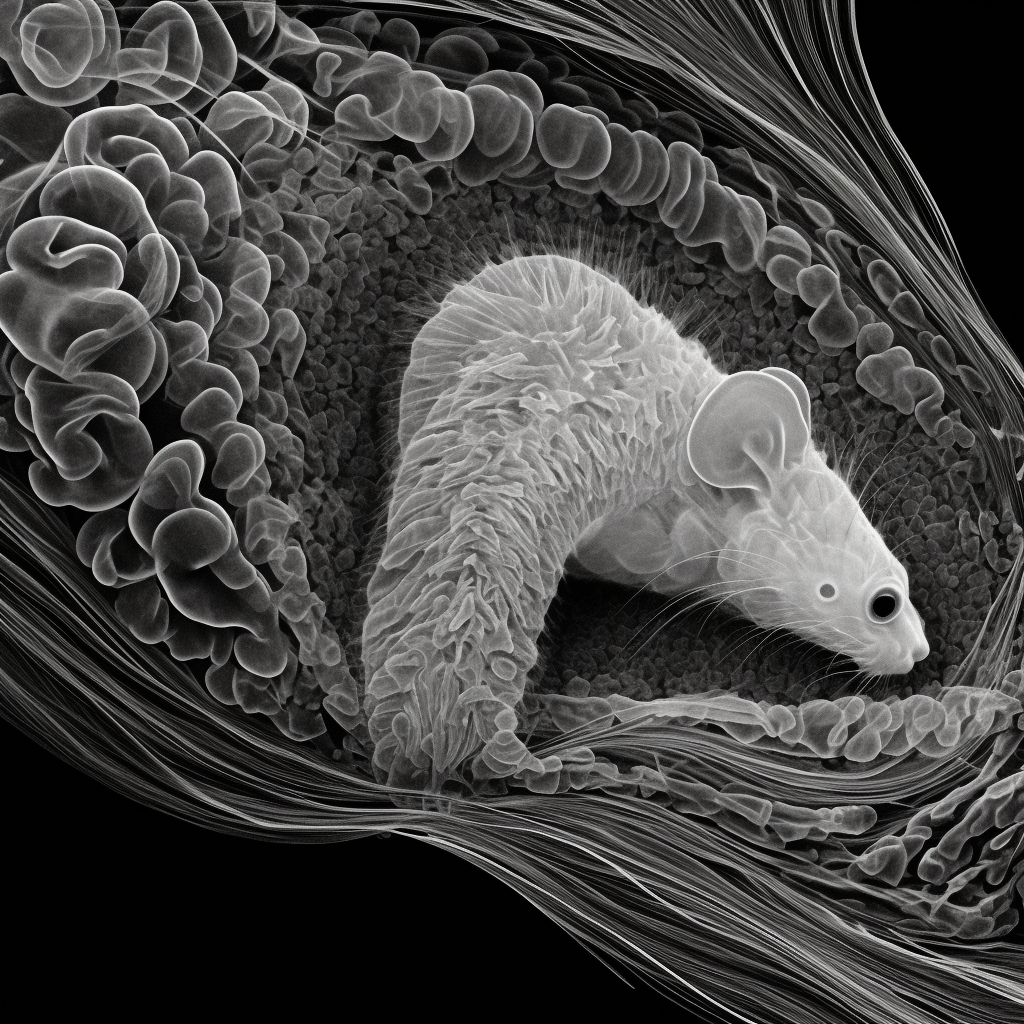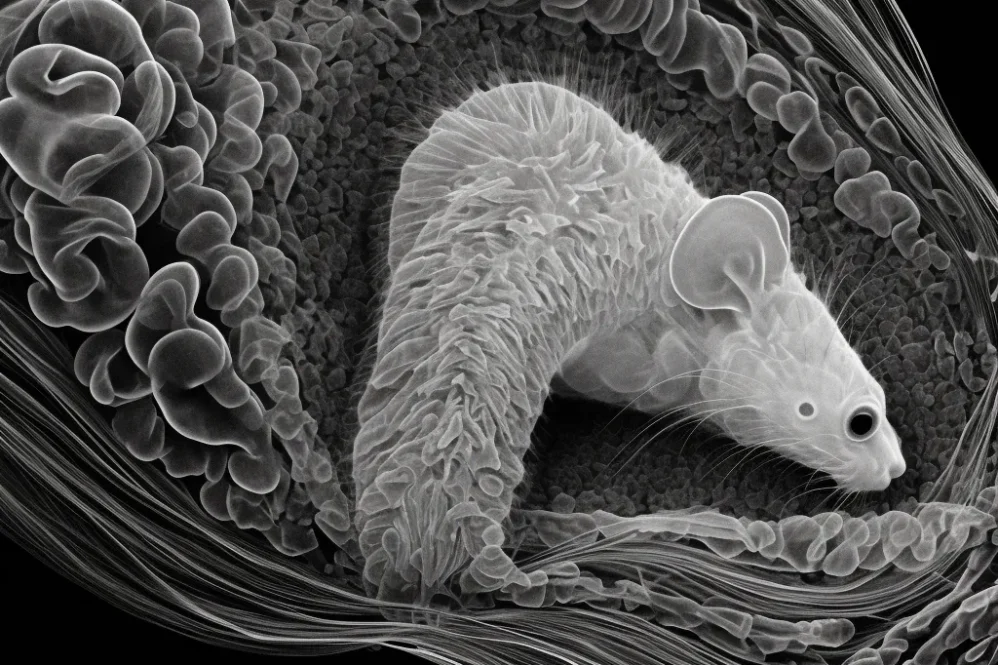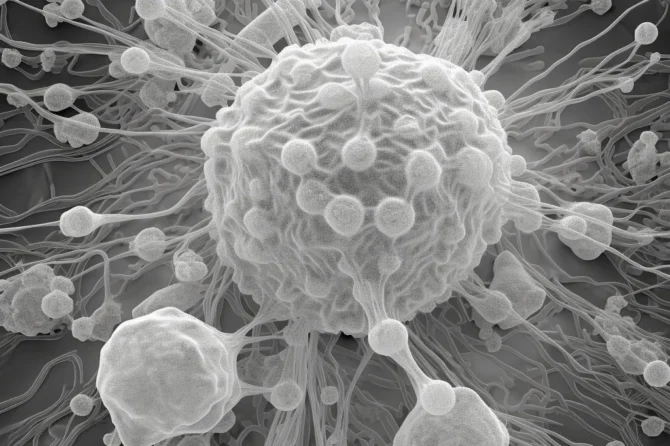Introduction:
The study aimed to investigate the transcriptomic changes in the rat hippocampus following exposure to the Forced Swim Test (FST). Instead of solely focusing on depressive-like behaviors, the researchers approached the FST as a stressor to explore both immediate and delayed molecular responses in the brain.
Depression is a complex mental disorder, and the FST is one of the behavioral assays employed to study its pathophysiology. During the FST, rodents are placed in water-filled cylinders and subjected to an inescapable situation, leading to characteristic swimming and immobility behavior. While the FST is commonly associated with behavioral despair and is often used as an indicator of depression-like symptoms, its validity as a direct model of depression has been debated. Nevertheless, the FST remains valuable for investigating the neurobiological basis of stress and its potential implications for depressive disorders.
The main objective of this study was to explore the changes in gene expression in the hippocampus, a brain region heavily involved in emotional processing and stress regulation, after exposure to the FST. By considering the FST as a stressor, the researchers aimed to shed light on the immediate molecular responses triggered by acute stress and the potential longer-term effects on gene expression in the brain.
To achieve this, the rats were subjected to the FST, and hippocampal tissue samples were collected at different time points after the test. Transcriptomic analysis was then performed to identify differentially expressed genes and pathways that might be associated with the stress response. By analyzing the molecular changes induced by the FST, the researchers aimed to gain a deeper understanding of the neurobiological processes involved in the stress response and how they might be relevant to depression.
Overall, this study adds to the existing knowledge on the utility of the FST as a stress-inducing paradigm in neuropharmacology and depression research. By investigating the transcriptomic changes in the hippocampus, the researchers provided valuable insights into the molecular mechanisms underlying stress-related responses in the brain and their potential implications for depressive disorders. These findings may have implications for developing novel therapeutic approaches targeting the molecular pathways affected by stress and depression.
Methods Used to Cause Transcriptomic Changes:
The transcriptomic analysis conducted in this study yielded significant findings, revealing 14 differentially expressed genes (DEGs) in the hippocampus of rats just 20 minutes after the FST. Interestingly, no DEGs were identified in the 24-hour group, indicating that the observed transcriptomic changes in the hippocampus were transient, subsiding within 24 hours after exposure to the stressor. This transient response aligns with previous research on acute stress-induced molecular changes, demonstrating the hippocampus’s remarkable capacity to rapidly adapt to stressors.
The gene ontology analysis performed on the identified DEGs provided valuable insights into the biological processes associated with the hippocampal response to the FST. Several functional categories showed significant enrichment, including genes involved in synaptic plasticity, neurogenesis, immune response, and stress-related signaling pathways. These findings suggest that the hippocampus responds to the FST by orchestrating a complex network of molecular processes, potentially aimed at adapting to the stressful situation and maintaining homeostasis.
Moreover, the construction of gene interaction networks uncovered a prominent cluster of DEGs, prominently featuring Dusp1, Fos, Klf2, Ccn1, and Zfp36. These genes have been previously implicated in stress responses and depression-related processes, further supporting the relevance of our findings to stress-related disorders and depressive states.
Dusp1 emerged as a particularly important gene due to its well-established role in the pathogenesis of depression in animal models and depressive disorders in patients. Being a member of the dual-specificity phosphatase family, Dusp1 is known to regulate various intracellular signaling pathways, including the mitogen-activated protein kinase (MAPK) pathway, which plays a crucial role in synaptic plasticity and neuronal survival.
The upregulation of Dusp1 in response to the FST suggests its involvement in the negative feedback regulation of MAPK signaling, potentially serving to prevent excessive stress-induced activation. Dysregulation of Dusp1 has been associated with alterations in synaptic plasticity and emotional behaviors, making it a promising target for future research on stress-related disorders and depression.
Our study provides valuable insights into the molecular dynamics of the hippocampus in response to acute stress, as revealed by transcriptomic changes identified through RNA sequencing (RNA-Seq). The transient nature of the hippocampal transcriptomic changes and the importance of specific DEGs, particularly Dusp1, highlight the complex and dynamic nature of the hippocampal response to stressors.
By shedding light on the molecular pathways associated with the hippocampal response to stress, our findings open avenues for further investigations into the transcriptomic mechanisms underlying stress-related disorders, including depression. The identification of potential therapeutic targets, such as Dusp1, offers promising directions for future research focused on developing novel interventions to ameliorate the detrimental effects of stress on the brain and potentially improve the management of depression.
However, we acknowledge that our study’s scope is limited to the immediate and early responses to the FST. To gain a comprehensive understanding of the long-term consequences of stress on the brain and the development of depressive-like behaviors in animal models and humans, further investigations are warranted. By continuing to explore the transcriptomic landscape and its relevance to stress and depression, we can advance our knowledge of stress-related disorders and potentially contribute to the development of more effective therapeutic strategies.
Results From Transcriptomic Changes:
The transcriptomic analysis revealed 14 significant differentially expressed genes (DEGs) in the hippocampus of rats 20 minutes after the FST, while no DEGs were identified in the 24-hour group. These findings suggest that the transcriptomic changes observed in the hippocampus were transient, subsiding within 24 hours after the stressor. This transient response aligns with previous research on acute stress-induced molecular changes, indicating that the hippocampus is capable of rapidly adapting to stressors.

Gene ontology analysis provided valuable insights into the biological processes associated with the identified DEGs. Several enriched functional categories were observed, including genes involved in synaptic plasticity, neurogenesis, immune response, and stress-related signaling pathways. These findings suggest that the hippocampus responds to the FST by activating a complex network of molecular processes, potentially aimed at adapting to the stressful situation and maintaining homeostasis.
The constructed gene interaction networks highlighted a cluster of DEGs, including Dusp1, Fos, Klf2, Ccn1, and Zfp36, which demonstrated significant interactions. These genes have previously been implicated in stress responses and depression-related processes, supporting the relevance of our findings to stress-related disorders and depressive states.
Notably, Dusp1 emerged as a particularly important gene due to its established role in the pathogenesis of depression in animal models and depressive disorders in patients. Dusp1, a member of the dual-specificity phosphatase family, is known to regulate various intracellular signaling pathways, including the mitogen-activated protein kinase (MAPK) pathway, which plays a crucial role in synaptic plasticity and neuronal survival.
The upregulation of Dusp1 in response to the FST suggests its involvement in the negative feedback regulation of MAPK signaling, potentially to prevent excessive stress-induced activation. Dysregulation of Dusp1 has been associated with alterations in synaptic plasticity and emotional behaviors, making it a promising target for future research on stress-related disorders and depression.
Overall, our findings provide valuable insights into the molecular dynamics of the hippocampus in response to acute stress. The identification of transient transcriptomic changes and the significance of specific DEGs, such as Dusp1, highlight the complex and dynamic nature of the hippocampal response to stressors. These results open avenues for further investigations into the molecular mechanisms underlying stress-related disorders and offer potential targets for therapeutic interventions in depression research. Nevertheless, it is essential to recognize that our study’s scope is limited to the immediate and early responses to the FST, and further investigations are warranted to understand the long-term consequences of stress on the brain and depressive-like behaviors in animal models and humans.
Discussion:
The study contributes to the understanding of the molecular mechanisms underlying acute stress responses in the hippocampus and their potential relevance to depression. The findings indicate that the FST induces significant changes in the hippocampal transcriptome immediately after exposure, but these changes subside within 24 hours. The identified DEGs, including Dusp1, Fos, Klf2, Ccn1, and Zfp36, are implicated in stress responses and may play crucial roles in the immediate stress reaction in the hippocampus.
The researchers acknowledge the limitations of the study, including the need for caution when extrapolating mRNA changes to protein levels, the controversy surrounding the interpretation of the FST as a model of depression, the lack of behavioral measurements, and the exclusive use of male rats. They highlight the potential relevance of sex differences in stress-related processes and call for future studies incorporating both male and female animals.
Limitations of the study: Firstly, it is important to note that changes in mRNA levels do not necessarily translate directly into corresponding changes in protein levels. Thus, caution is warranted when interpreting the applicability of the study’s findings to protein expression and functional outcomes. Secondly, the ongoing debate regarding the interpretation of the FST as a model of depression should be acknowledged. While some researchers associate the immobility observed during the test with “depressive-like behavior,” alternative explanations such as acute stress and adaptive responses to stress have been proposed. Therefore, the study interprets the FST primarily as a stressor rather than a direct model of depression.
Another limitation is the absence of behavioral measurements of immobility during the FST. Monitoring immobility duration could have provided valuable insights into the impact of the FST on rats’ behavior and helped establish a clearer link between the observed transcriptomic changes and potential depressive phenotypes. Additionally, the study focused exclusively on male rats, which limits the generalizability of the findings. Stress-induced changes in the brain transcriptome and the development of depression have been reported to be influenced by sex, emphasizing the need for future studies that include both male and female animals.
Despite these limitations, the study contributes valuable insights into the transcriptomic changes in the rat hippocampus following exposure to the FST. By identifying specific DEGs and highlighting their potential roles in stress responses and depression-related processes, the study expands our understanding of the molecular mechanisms underlying acute stress and their relevance to depression.
Conclusion:
In summary, this study sheds light on the transcriptomic changes occurring in the rat hippocampus in response to the Forced Swim Test (FST). The results suggest that the FST is a potent stressor that elicits immediate and transient molecular responses in the hippocampus, as evidenced by the significant changes in gene expression observed 20 minutes after exposure to the stressor. Although no differentially expressed genes were identified in the 24-hour group, the time-specific gene expression patterns indicate that the hippocampus rapidly adapts to acute stress, likely as a means to restore homeostasis.
The gene ontology analysis provided valuable insights into the biological processes affected by the identified DEGs, emphasizing the involvement of genes related to synaptic plasticity, neurogenesis, immune response, and stress signaling pathways. These findings reinforce the notion that stress triggers complex cellular and molecular responses within the hippocampus, suggesting a potential mechanism by which stress might contribute to the pathogenesis of stress-related disorders, including depression.
The construction of gene interaction networks unveiled a cluster of DEGs, with Dusp1 standing out as a particularly promising gene. Its role in the negative feedback regulation of MAPK signaling suggests a critical function in maintaining cellular balance and protecting against excessive stress-induced activation. The implications of Dusp1 in the modulation of synaptic plasticity and emotional behaviors further underscore its relevance as a potential target for future investigations into stress-related disorders and depression.
It is important to acknowledge that this study’s scope is limited to the immediate and early responses to the FST, and future research should explore the long-term consequences of stress on the hippocampus and how they relate to depressive phenotypes. Integrating a broader range of behavioral and molecular measurements, such as assessments of depressive-like behaviors, neurochemical changes, and epigenetic modifications, would provide a more comprehensive understanding of the complex interplay between stress, gene expression, and the development of depression-like states.
Our study contributes valuable insights into the molecular dynamics of the hippocampus following exposure to the FST, highlighting the intricate mechanisms through which acute stress impacts gene expression. The findings open new avenues for further research, suggesting potential targets for investigating stress-related disorders and depression at the molecular level.
Understanding the underlying molecular responses to stress could pave the way for novel therapeutic strategies aimed at mitigating the adverse effects of stress and developing targeted interventions for individuals suffering from stress-related psychiatric conditions. By expanding our understanding of the neurobiological basis of stress and its relationship with depression, we hope to contribute to the advancement of mental health research and ultimately improve the lives of those affected by stress-related disorders.
If you need more information on this article click on the following link. This link will provide more extensive information and elaborate on the topic.
Genomic.News is your ultimate source for curated news, articles, and updates on the fascinating world of genomics. Our platform brings together the latest scientific breakthroughs, research advancements, and industry developments in one centralized hub. Stay informed about the cutting-edge discoveries, transformative technologies, and ethical considerations driving the field of genomics. Explore the intersection of genetics and healthcare, agriculture, biotechnology, and beyond.





